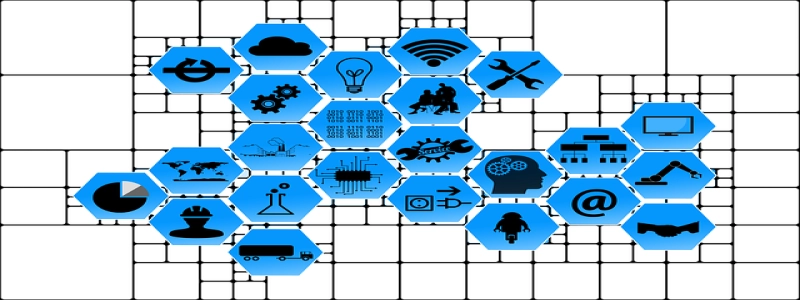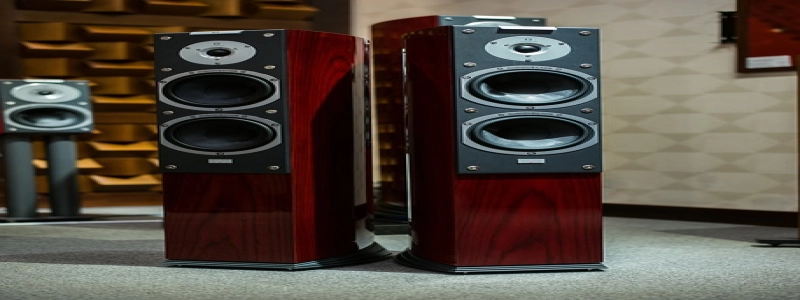Ethernet 10/100
1. Introduction
– Definition of Ethernet
– Importance of Ethernet in computer networking
2. Ethernet 10/100 Explained
– Definition of Ethernet 10/100
– Features and capabilities of Ethernet 10/100
– Comparison with other Ethernet standards
3. Benefits of Ethernet 10/100
– Faster data transfer speeds
– Improved network performance
– Compatibility with existing Ethernet infrastructure
4. Implementation of Ethernet 10/100
– Hardware requirements
– Ethernet 10/100 network setup
– Configuration and management
5. Applications of Ethernet 10/100
– Local Area Networks (LANs)
– Wide Area Networks (WANs)
– Internet connectivity
6. Future of Ethernet 10/100
– Advancements in Ethernet technology
– Potential upgrades and enhancements
1. Introduction
Ethernet is a widely used technology in computer networking that enables devices to communicate with each other over a network. It allows for the transmission of data packets between computers, printers, servers, and other networked devices. Ethernet provides a reliable and efficient way to exchange information, making it crucial for modern-day connectivity.
2. Ethernet 10/100 Explained
Ethernet 10/100 refers to a specific variant of Ethernet technology that supports data transfer speeds of either 10 Megabits per second (Mbps) or 100 Mbps. This variant, also known as Fast Ethernet, is the most common and widely implemented standard in Ethernet networks. It offers significant speed improvements over the original Ethernet standard, which had a maximum speed of 10 Mbps.
Ethernet 10/100 operates over copper-based twisted pair cables and utilizes the same CSMA/CD (Carrier Sense Multiple Access with Collision Detection) media access control method as other Ethernet standards. It supports full-duplex communication, allowing devices to send and receive data simultaneously.
Compared to other Ethernet standards, such as Gigabit Ethernet (1000 Mbps) and 10 Gigabit Ethernet (10,000 Mbps), Ethernet 10/100 is more cost-effective and suitable for small to medium-sized networks.
3. Benefits of Ethernet 10/100
Ethernet 10/100 provides several advantages for network connectivity:
– Faster data transfer speeds: With a maximum speed of 100 Mbps, Ethernet 10/100 enables quicker transmission of data, facilitating faster file transfers and network response times.
– Improved network performance: The increased speed of Ethernet 10/100 enhances the overall performance of the network, allowing for smoother and more efficient communication between devices.
– Compatibility with existing Ethernet infrastructure: Ethernet 10/100 is backward compatible with the original Ethernet standard, allowing for seamless integration into existing networks. This makes it an ideal choice for network upgrades without the need for extensive infrastructure changes.
4. Implementation of Ethernet 10/100
To implement Ethernet 10/100 in a network, certain hardware requirements must be met. This includes Ethernet switches or routers with built-in 10/100 ports, network interface cards (NICs) capable of 10/100 speeds, and the appropriate cabling (usually Category 5e or 6 twisted pair cables).
Setting up an Ethernet 10/100 network involves connecting devices using the Ethernet cables and configuring the network devices to enable the desired functionality. Network administrators can manage and control the network via various software tools, allowing for efficient network management.
5. Applications of Ethernet 10/100
Ethernet 10/100 is commonly used in various applications, including:
– Local Area Networks (LANs): Ethernet 10/100 is extensively utilized for connecting computers, printers, and other devices within a small geographical area. It provides reliable and fast communication between devices in homes, offices, and schools.
– Wide Area Networks (WANs): In larger networks spanning multiple geographical locations, Ethernet 10/100 can be used to interconnect devices and facilitate communication between different branches or sites.
– Internet connectivity: Many residential and small business internet connections utilize Ethernet 10/100 for connecting to the internet service provider’s network. This allows for efficient data transfer and internet access.
6. Future of Ethernet 10/100
As technology advances, higher-speed Ethernet standards such as Gigabit Ethernet and 10 Gigabit Ethernet continue to gain popularity. While Ethernet 10/100 remains widely used, its relevance may decrease over time. However, it will still play a crucial role in supporting legacy systems and providing cost-effective networking solutions for smaller-scale deployments.
In conclusion, Ethernet 10/100 has played a significant role in computer networking by providing fast and reliable communication between devices. Its implementation and compatibility with existing Ethernet infrastructure make it an attractive choice for many networking applications. However, with the emergence of higher-speed Ethernet standards, its dominance may gradually diminish in the future.








